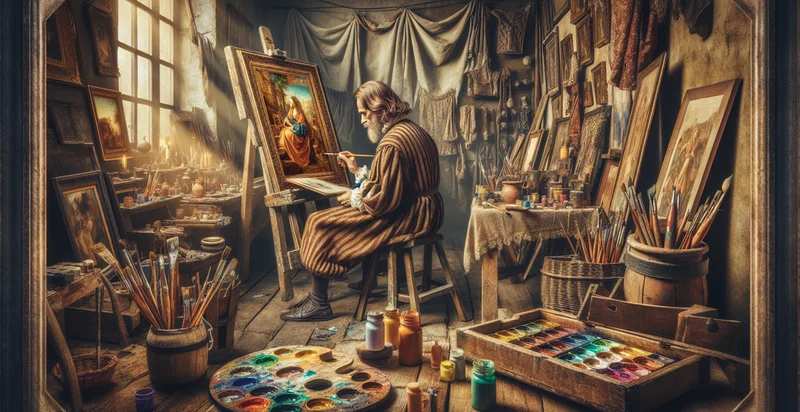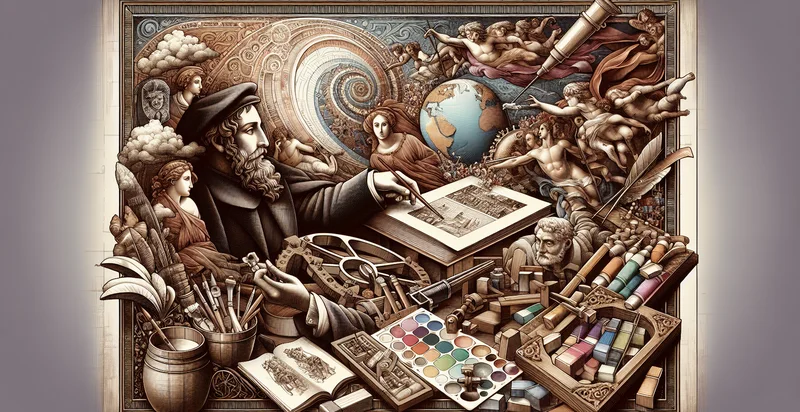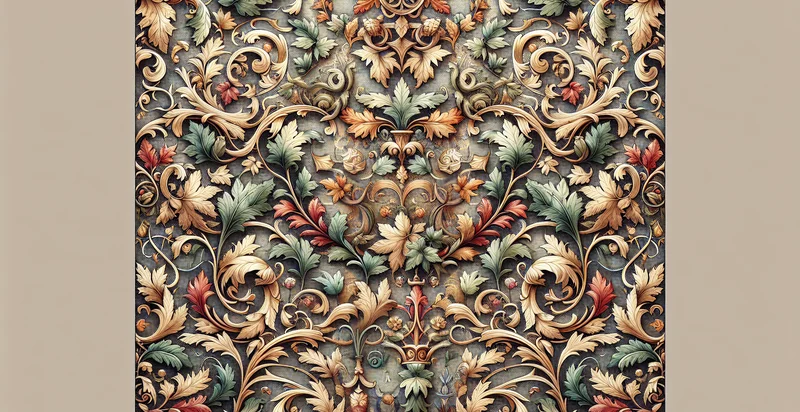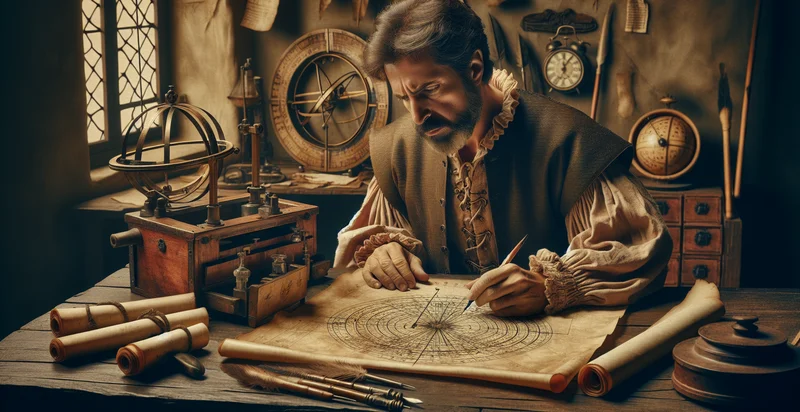Identify renaissance artist by picture
using AI
Below is a free classifier to identify renaissance artist by picture. Just upload your image, and our AI will predict which renaissance artist created the artwork - in just seconds.

Contact us for API access
Or, use Nyckel to build highly-accurate custom classifiers in just minutes. No PhD required.
Get started
import nyckel
credentials = nyckel.Credentials("YOUR_CLIENT_ID", "YOUR_CLIENT_SECRET")
nyckel.invoke("renaissance-artist-by-picture", "your_image_url", credentials)
fetch('https://www.nyckel.com/v1/functions/renaissance-artist-by-picture/invoke', {
method: 'POST',
headers: {
'Authorization': 'Bearer ' + 'YOUR_BEARER_TOKEN',
'Content-Type': 'application/json',
},
body: JSON.stringify(
{"data": "your_image_url"}
)
})
.then(response => response.json())
.then(data => console.log(data));
curl -X POST \
-H "Content-Type: application/json" \
-H "Authorization: Bearer YOUR_BEARER_TOKEN" \
-d '{"data": "your_image_url"}' \
https://www.nyckel.com/v1/functions/renaissance-artist-by-picture/invoke
How this classifier works
To start, upload your image. Our AI tool will then predict which renaissance artist created the artwork.
This pretrained image model uses a Nyckel-created dataset and has 31 labels, including Albrecht Durer, Anthonis, Antonio Allegri, Benvenuto Cellini, Botticelli, Bruegel, Caravaggio, Da Vinci, Durer and El Greco.
We'll also show a confidence score (the higher the number, the more confident the AI model is around which renaissance artist created the artwork).
Whether you're just curious or building renaissance artist by picture detection into your application, we hope our classifier proves helpful.
Related Classifiers
Need to identify renaissance artist by picture at scale?
Get API or Zapier access to this classifier for free. It's perfect for:
- Art Historical Research: This functionality can assist art historians in categorizing and validating works attributed to different Renaissance artists. By automating the identification process, researchers can save time and enhance the accuracy of their investigations into artistic styles and influences.
- Online Art Marketplaces: E-commerce platforms for art can implement this feature to verify the authenticity of artworks sold online. By identifying the correct Renaissance artist based on images, sellers can boost buyer confidence and potentially increase sales.
- Museum Exhibit Curation: Museums can utilize this tool for curating exhibitions focused on Renaissance art. By accurately identifying artworks, curators can create thematic displays that educate the public on specific artists and their contributions to the Renaissance period.
- Art Restoration Projects: Restoration professionals can use this function to verify the artist of a painting before undertaking restoration work. Understanding the artist's techniques and styles can inform more appropriate restoration methodologies, preserving the integrity of the original artwork.
- Educational Tools for Students: Educational institutions can integrate this image classification function into their curriculum around art history. Students studying Renaissance art can engage with the tool to understand artists' styles and techniques through image recognition and classification.
- AI-Powered Art Apps: Mobile applications focused on art exploration can incorporate this functionality to enhance user experience. Users can take pictures of artworks and receive instant feedback on the likely artist, fostering greater interest and knowledge in Renaissance art.
- Fraud Detection in the Art Industry: Art dealers and auction houses can leverage this tool to combat art fraud. By confirming the artist's identity with object images, organizations can more effectively validate the provenance of artworks, ensuring a more trustworthy art market.


